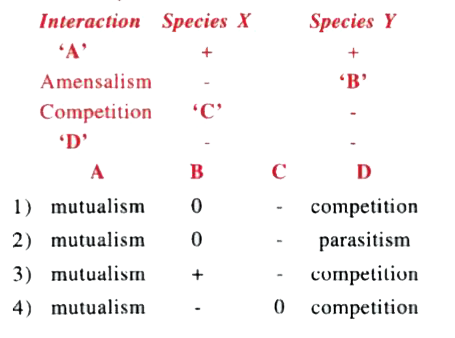Euchromatin is:
a. Loosely packed b. Stains light c. Transcriptionally active d. Early replicating
Choose the option with the correct choice of characters.
a and c only
a, b, c, and d
b, c, and d only
a, b, and c only
The correct Answer is:B
To solve the question regarding euchromatin, let's analyze each of the provided options step by step.
Step 1: Understanding Euchromatin
Euchromatin is a form of chromatin that is less densely packed compared to heterochromatin. It plays a crucial role in gene expression.
Step 2: Evaluating Each Option
- Option A: Loosely packed
- Explanation: Euchromatin is indeed loosely packed, which allows for easier access to the DNA for transcription processes.
- Option B: Stains light
- Explanation: Due to its loose packing, euchromatin stains lighter than heterochromatin, which is tightly packed and stains darker.
- Option C: Transcriptionally active
- Explanation: Euchromatin is associated with active transcription, meaning that genes located in euchromatin are often being expressed.
- Option D: Early replicating
- Explanation: Euchromatin is generally replicated earlier in the S phase of the cell cycle compared to heterochromatin.
Step 3: Conclusion
All four characteristics described in the options are correct for euchromatin. Therefore, the correct answer is that euchromatin is:
- a. Loosely packed
- b. Stains light
- c. Transcriptionally active
- d. Early replicating
Final Answer
All options (A, B, C, D) are correct regarding euchromatin.
---
Euchromatin is a form of chromatin that is less densely packed compared to heterochromatin. It plays a crucial role in gene expression.
- Option A: Loosely packed
- Explanation: Euchromatin is indeed loosely packed, which allows for easier access to the DNA for transcription processes.
- Option B: Stains light
- Explanation: Due to its loose packing, euchromatin stains lighter than heterochromatin, which is tightly packed and stains darker.
- Option C: Transcriptionally active
- Explanation: Euchromatin is associated with active transcription, meaning that genes located in euchromatin are often being expressed.
- Option D: Early replicating
- Explanation: Euchromatin is generally replicated earlier in the S phase of the cell cycle compared to heterochromatin.
All four characteristics described in the options are correct for euchromatin. Therefore, the correct answer is that euchromatin is:
- a. Loosely packed
- b. Stains light
- c. Transcriptionally active
- d. Early replicating
All options (A, B, C, D) are correct regarding euchromatin.
Similar Questions
Knowledge Check
Read the following satements and select the correct option.
Loosely packed and light stained region of chromation are called as heterochromatin.
(ii) Densely packed and dark stained region of chromatin are called as euchromatin.
(iii) A typical nucleosome contains 200 bp of DNA helix.AStatements (i) and (ii) are true , but statement (iii) is false.BStatement (i) and (ii) are false, but statement (iii) is true.CStatement (ii) and (iii) are true , but statement (i) is false.DAll the statements are true.
Select the correct option for A, B,C & D
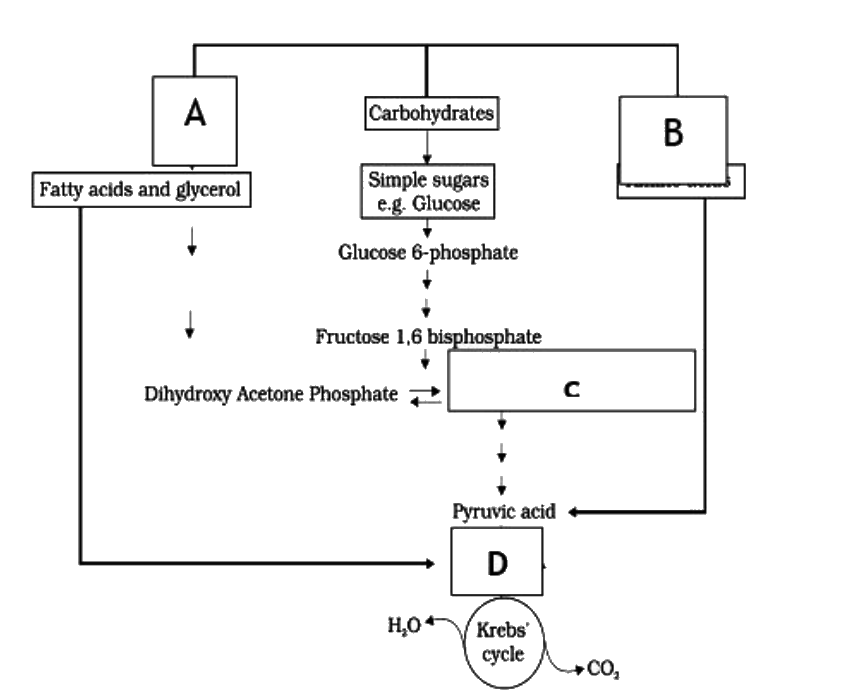
View SolutionIn Fig. 17.14, identify what is depicted by A,B and C.
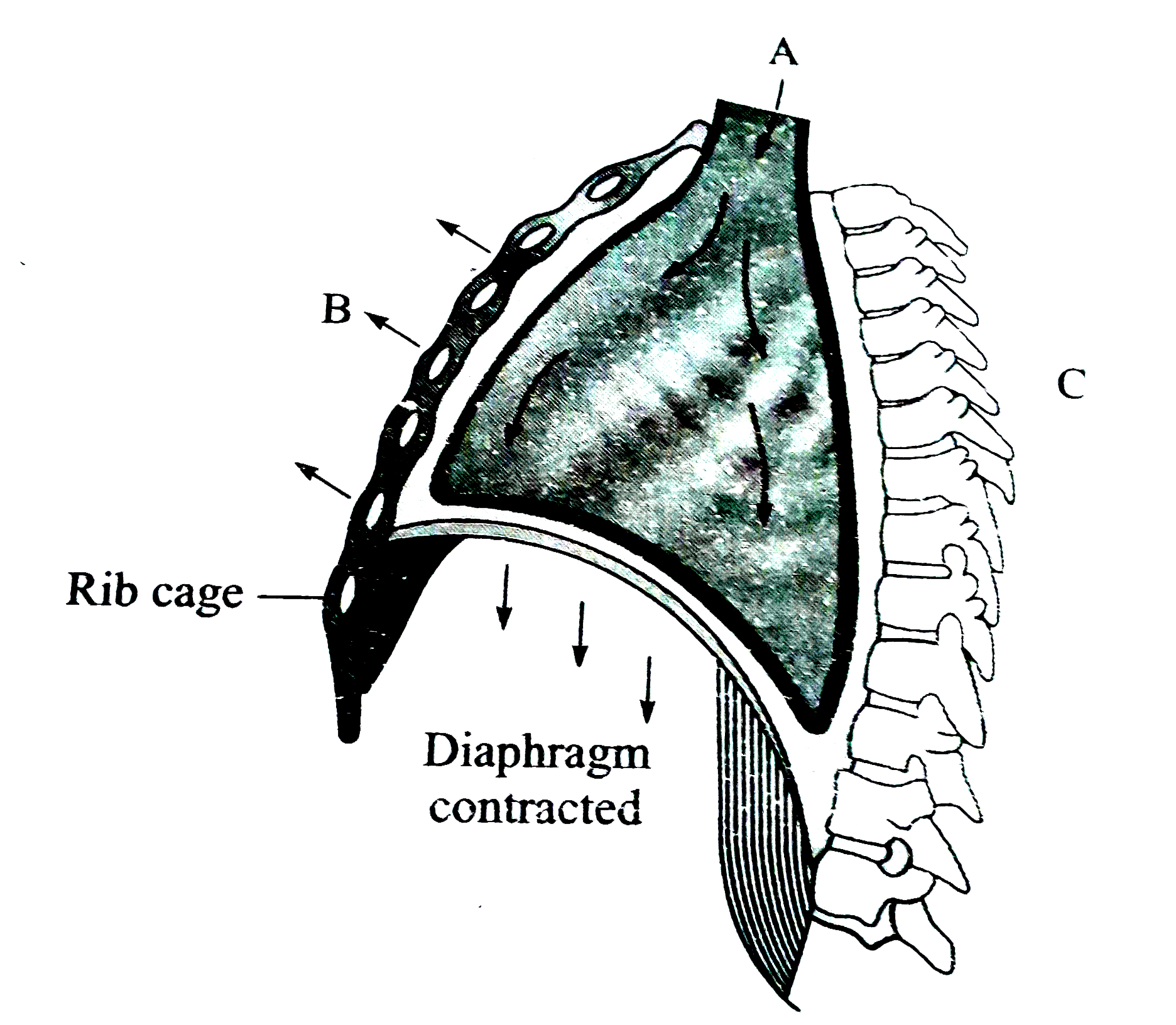
Choose the correct options :
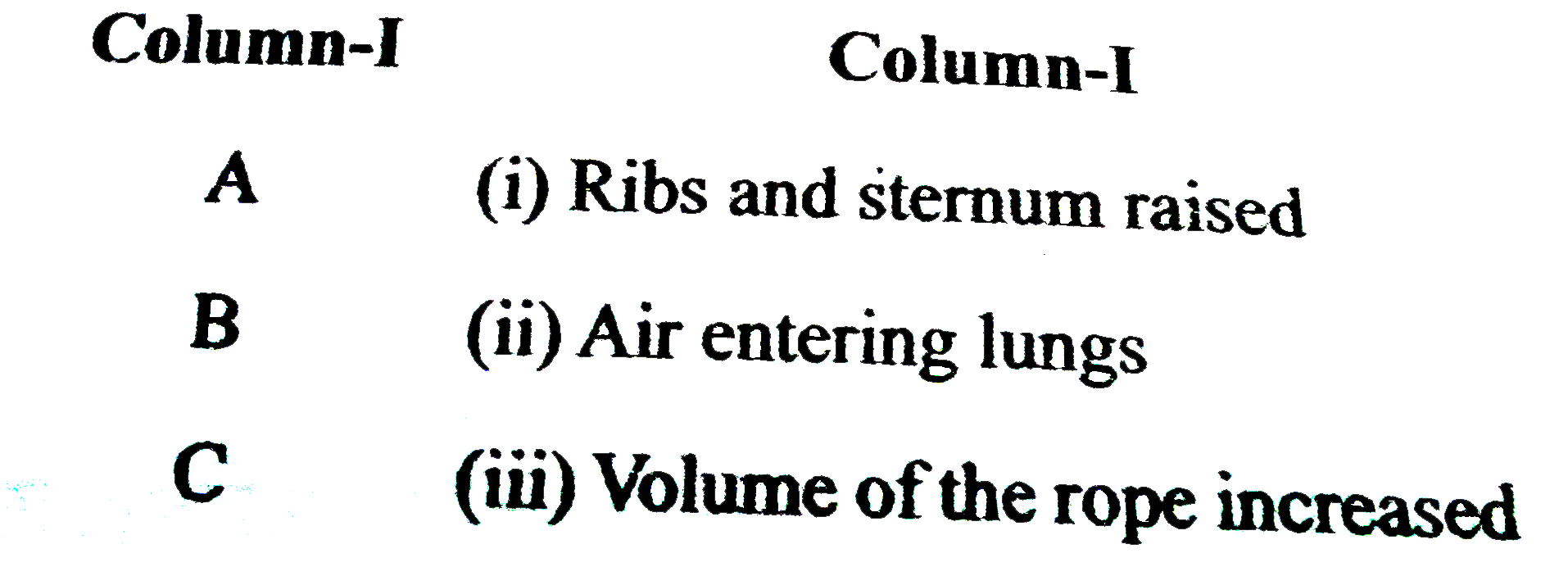
View SolutionIdentify A,B,C and D in the given diagram depicting cell cycle and select the correct option.

View SolutionStudy the following diagram and choose the option that correctly identifies the parts labeled A, B, C and D.
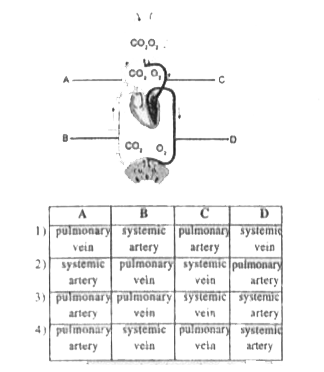
View SolutionBased on the simplified cycle given below , choose the option with the accurate labellings for A ,B ,C and D.
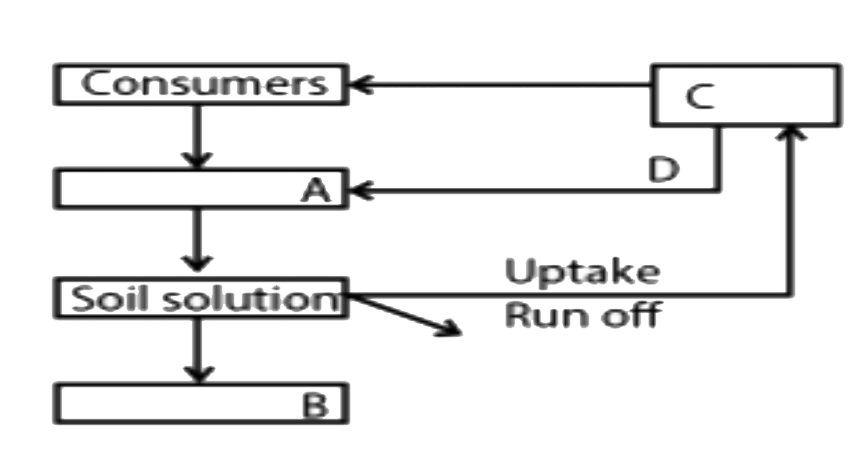
View SolutionIn a Young's double slit experiment, the separation between the two slits is d and the wavelength of the light is λ. The intensity of light falling on slit 1 is four times the intensity of light falling on slit 2. Choose the correct choice (s).
View SolutionIdentify the parts labelled a, b, c and d and select the correct option
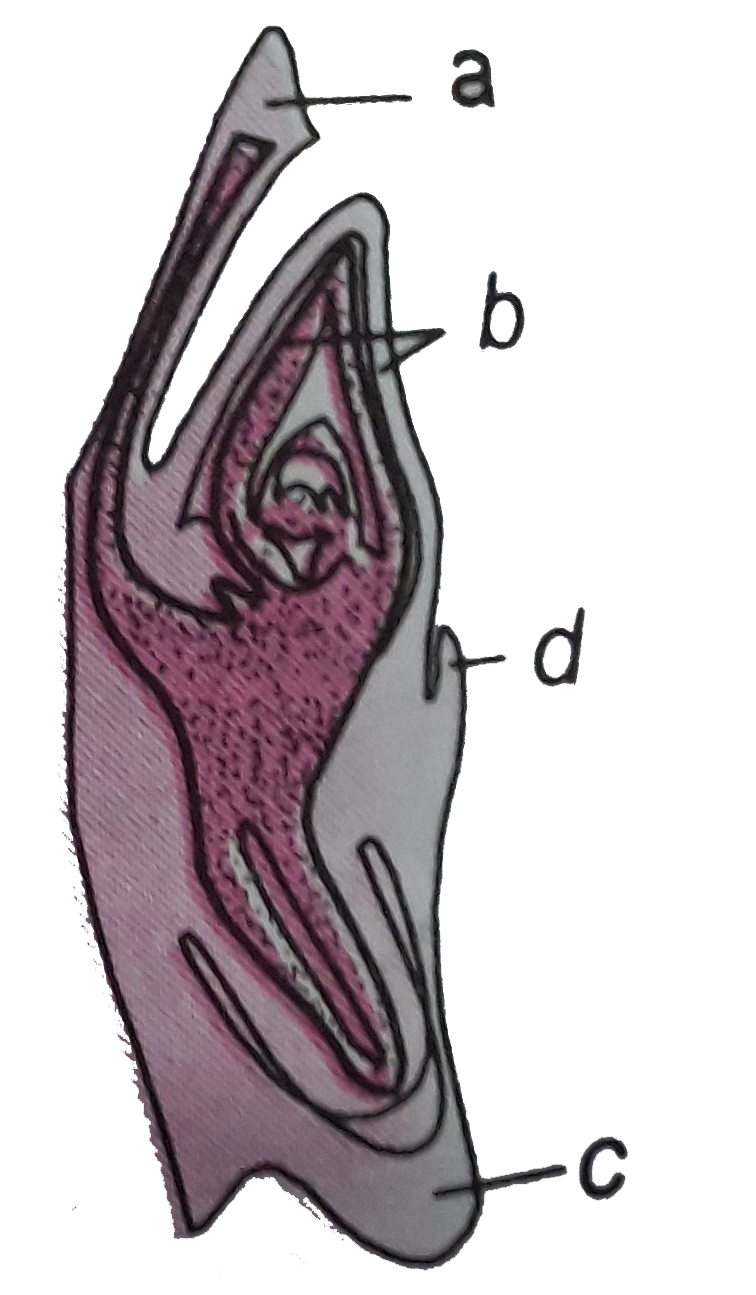 .
.
View Solution
